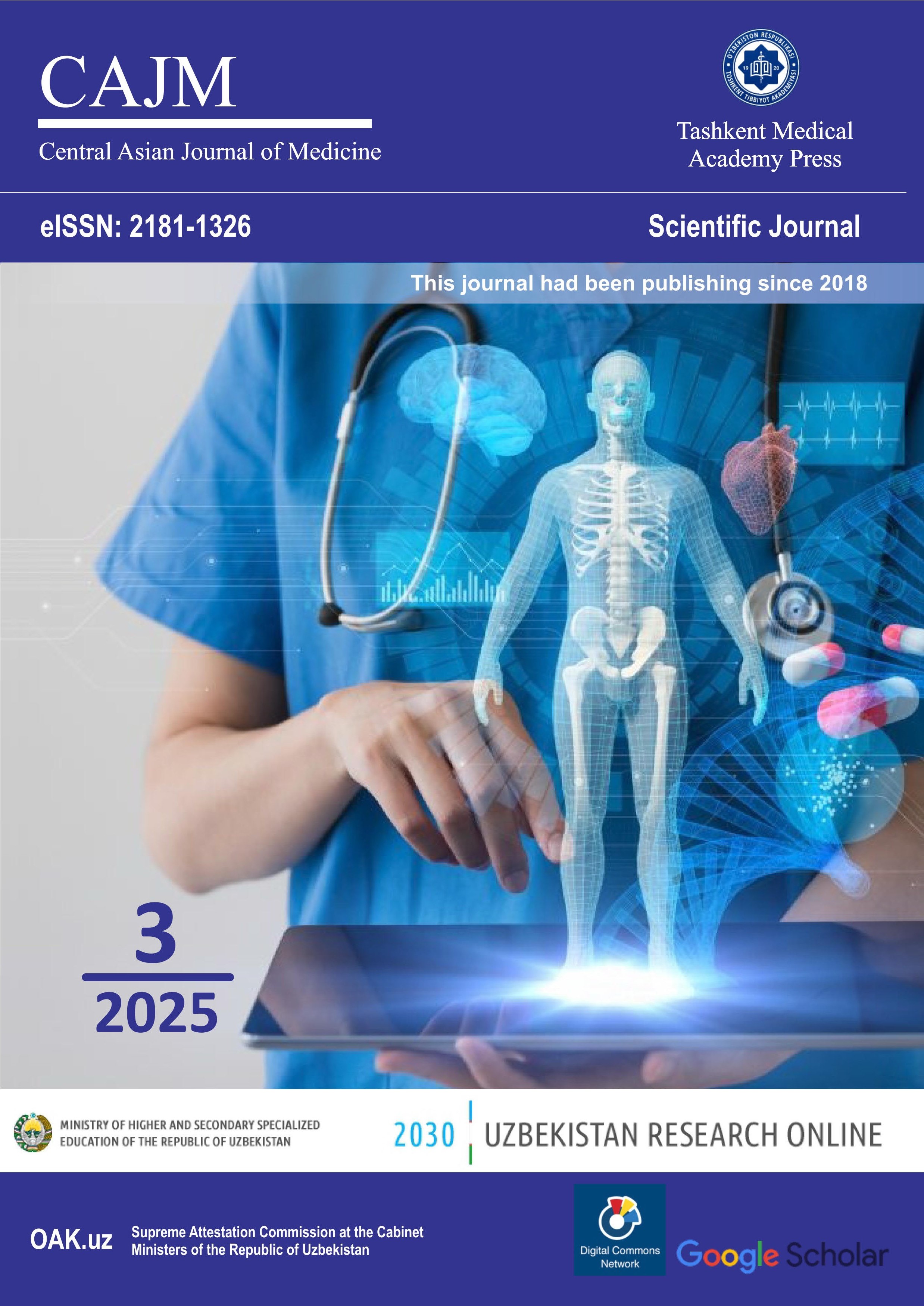THE EFFECT OF LAPAROSCOPIC SLEEVE RESECTION OF GASTRIC ON NUTRITIONAL STATUS AND THE EFFECTIVENESS OF ITS CORRECTION (LITERATURE REVIEW)
Keywords:
nutritional status; laparoscopic sleeve resection of the gastric; vitamins D, B12; early and late complications; surgical or minimally invasive interventions.Abstract
Bariatric surgery is one of the most effective treatments for severe obesity. Laparoscopic sleeve resection of gastric was the most common operation, accounting for 46.0% of all procedures. The low injury rate and high functionality of laparoscopic sleeve resection of the stomach, the preservation of all secreting zones of the stomach, the simplicity of the operation using stapler technology, the absence of the need to leave a foreign body in the abdominal cavity, as well as the possibility of a complete endoscopic examination of the gastrointestinal tract after surgery (unlike gastric bypass surgery) determine its popularity. Despite the fact that metabolic bariatric surgery remains the most effective method of treating morbid obesity, such interventions are associated with the risk of postoperative complications.
Early and late complications of gastric sleeve resection remain a problem of bariatric surgery, as their elimination or prevention leads to repeated surgical or minimally invasive interventions (bleeding, suture failure, stenosis, GERD), or prolonged maintenance of nutritional status in case of nutritional deficiency, which lengthens the length of hospital stay and increases the economic costs of medications to replenish deficiency of vitamins and trace elements. In this regard, the development of methods for the prevention of complications after LSRG is urgent and requires further development of ways to solve this problem.

